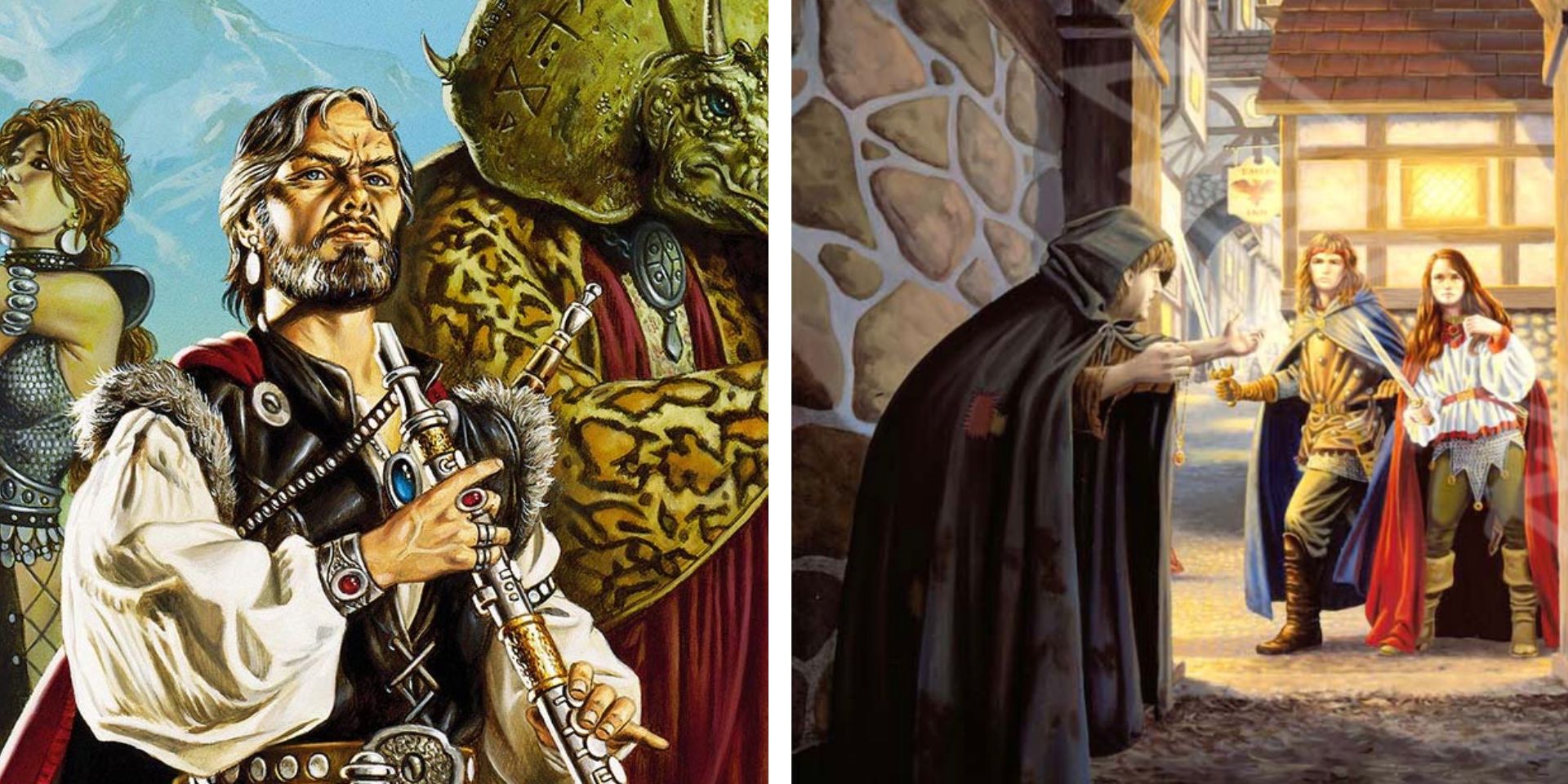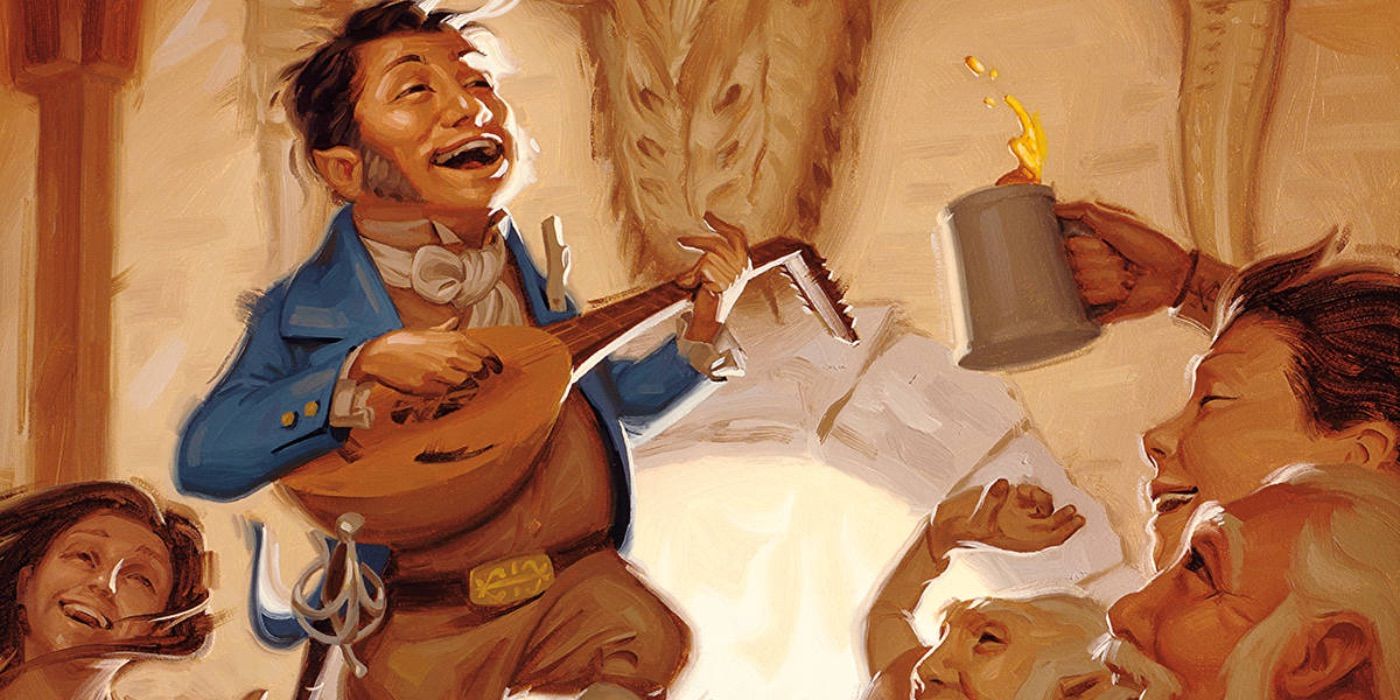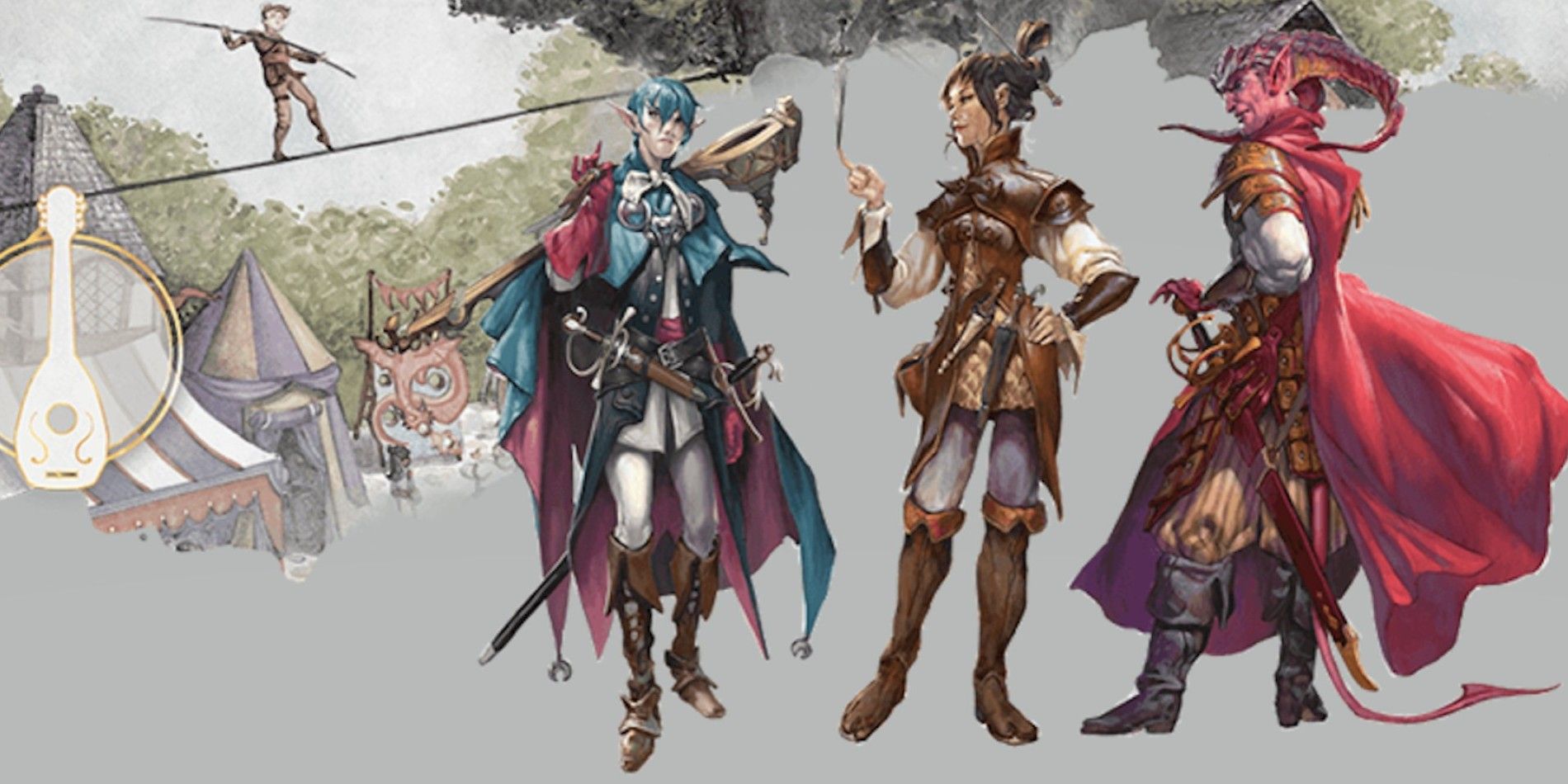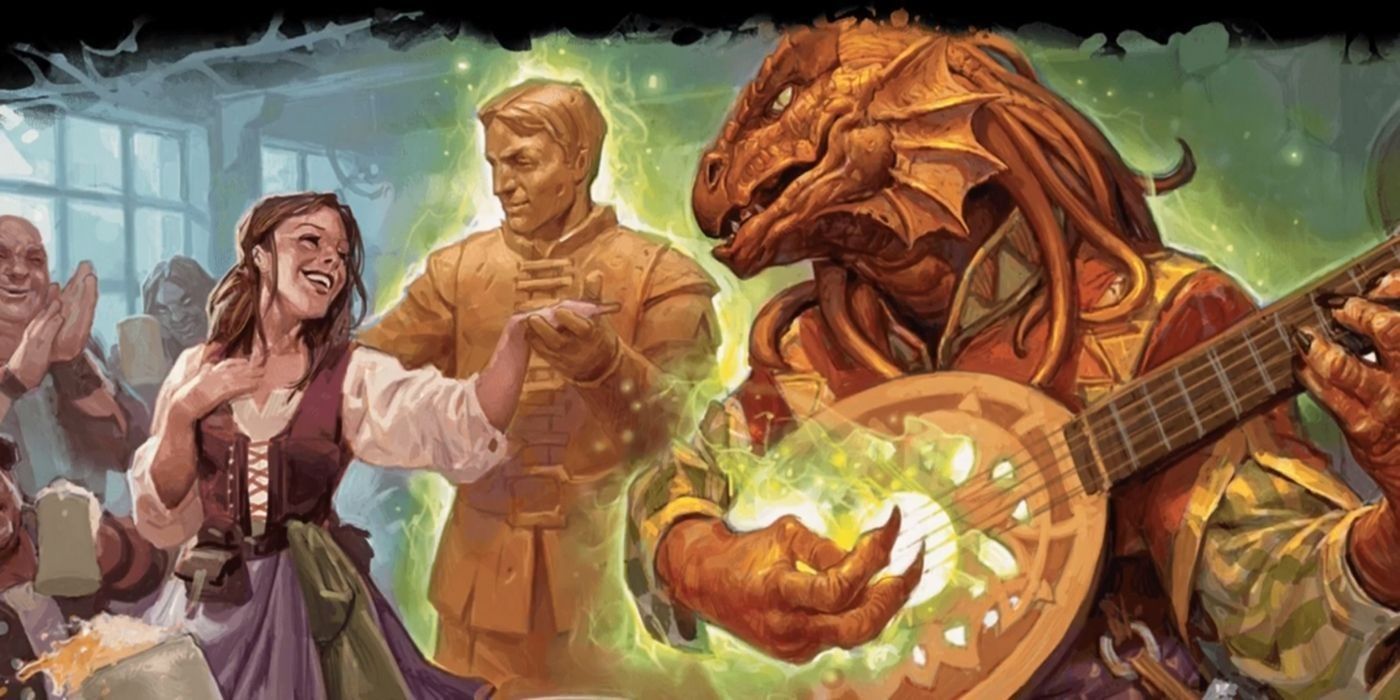Dungeons & Dragons: Honor Among Thieves
In aDungeons & Dragons - way phantasy earth full of demon and magic , the Bard has surprisingly risen from a weak character class into one mostly considered whelm . In the third edition ofD&D , the Bard had a repute for being underpowered . However , Bards inD&D5th Edition are notoriously various " jack of all trades " family with useful abilities for dungeon exploration , combat , and narrative role - play .
In theBasicD&Dbeginner play - kits of the 1980s and many advanced Old School Revival RPGs , players can generally choose between just four independent character classes - Fighter , Wizard / Magic - User , Cleric , and Thief / Rogue . Each of theseD&Dcharacter classeswere designed to fulfill certain roles in a authoritative fantasy adventure party ; Fighter player characters were price - suck up " tanks " who could wield any arm and wear any armour , star were fragile " trash cannon " who could loose destructive or environment - pull wires illusion , ecclesiastic were " healer " holy warrior who could mend and bolster their ally , and Rogues were " acquirement - monkeys " adept at stealth , lock - pick , and sand trap catching . From a sealed perspective , all the other fictitious character classes infix in former adaptation ofD&Dwere mechanical hybrids of these four essence stratum and their gameplay roles … peculiarly in the case of the Bard .
Related : splendid Tabletop RPGs From The Old School Revival Genre

The Bardclass of originalDungeons & Draco , first described by Doug Schwegman in a 1976 issue of the Strategic Review , drew heavy thematic inspiration from the supernatural bards of ancient mythology and medieval Latinian language , able of charming the fiercest beast with their beautiful music and find out powerful arcanum . Mechanically , Doug yield his earlyD&DBard a commixture of abilities from the Fighter , stealer , and Magic Classes , along with the attack fillip of a Cleric , skills for recounting lore about the biz world , and the ability to potentially charm creatures with musical execution . This concept of " sorcerous musician with many useful magic trick " stay a core part of the Bard class , even as the game mechanics for Bards changed dramatically with every newedition ofD&Dreleased .
Bards In The First and Second Editions of Dungeons & Dragons
grant to thisD&Dhistory article onTribality , becoming a Bard was an epical and hard quest in the first edition ofAdvanced Dungeons & Dragons ; to acquire the Bard prestige year , players had to acquire multiple levels in both the Fighter and Thief first , eventually gain approach to new skills , voice communication fluencies , and Celtic mythology - style druidic magic spell - casting . When Bards were made a kernel character course in 2nd EditionD&D , they were designed to be hybrids of scallywag and Wizards who could foresee certain uncongenial magical attacks with a " antagonistic - song " and could level up amazingly quickly thanks to a quirk in their XP rules .
Bards In The Third And Fourth Editions of Dungeons & Dragons
The 3rd Edition ofDungeons & Dragons(the basis for thePathfinderspin - off TTRPG ) seems to be where Bards got their reputation for being underpowered ( or at least unoptimized ) . The permutation from 2nd to 3rd edition gave the Bard course a fresh selection of healing and magical spell go along with song - based support ability such as " Inspire Courage " or " Song of Freedom . " Since most of these abilities were augment by the Charisma scotch and the Perform skill , a decently level 3rd edition Bard was a force of nature in scenarios of diplomacy or socialization , but not as practiced in fighting as it was in previous editions such as 2nd Edition .
Related : D&D Spelljammer Campaign context Makes Long - Awaited Return
The Bard ’s functionality was greatly better in the4th variation ofD&D. Its ability and inwardness acquirement were design to let it fulfill the use of an " Arcane drawing card " in a authoritative adventuring party during a given session . The selection of spells could cure wounds , bolster allies , and scathe foes with elementary terms . Ritual tour - cast and king like " Song of Rest " , meanwhile , afford the 4eDungeons & DragonsBard excellent utility between combat encounters .

Bards As Of Dungeons & Dragons 5th Edition
The modern Bard ofDungeons & Dragons5th Edition arguably brings together the best concepts from premature editions of the game . From the original variation ofDungeons & Dragons , it took the " Jack-tar of all trades " and " charming musician " design assumption , while5th editionD&DBard subclasseslike the " College of Lore " or " College of Valor " owe much to the " Kits " ofD&D2nd edition . The 3rd Edition Bard ’s emphasis on the Charisma dimension informed many of the 5e Bard ’s essence features , and its current arsenal of bewitchment , healing , and harm spells owe a lot to the top executive of the 4e Bard . The Inspiration Dice ofD&D5e Bards act as a mechanically skillful guide for many of the " bolster up song " abilities of Bards in previous editions , while the gamey - story " Magical Secrets " Feature let Bards acquire spells from other character classes in potentially plot - breaking agency .
The Platonic Ideal Of A Dungeons & Dragons Bard
Futureeditions of theDungeons & Dragonsroleplaying plot will in all likelihood continue to update and refine its plot mechanics in ordering to create an ideal set of rules to comprise the iconic phantasy Bard . But what , on the nose , is the ideal Bard in a illusion RPG likeD&D ? Narratively , Dungeon & Dragonsplayers should have the exemption to create Bards who do n’t quite match into the Minstrel or Troubadour archetype – i.e. poets , speechmaker , dancer , and other performing artists . At the same meter , players should still be able-bodied to utilise the Bard social class to body forth the Ag - tongue musical heroes of both ancient fairy tales and modern illusion fiction - Orpheus from Greek Mythology , the mythological bard Väinämöinen from the FinnishKalevala , Dandelion from theWitcherbooks and telecasting game , etc .
Mechanically , Bards should also continue to be " Jack Of All Trades " characters – able to fulfill a wide range of roles within aD&Dadventuring political party without outshining more specialized character classes . They should be able-bodied to cast arcane spells nearly as powerful as a Wizard ’s , heal not quite as well as a Cleric , and do feats of skill and preciseness that almost match the grace of a Rogue . For all the flashiness and self - aggrandizement associated with the stereotypicalDungeons & DragonsBard , players who pick out the Bard fibre class should both automatically and narratively be encourage to revolutionize , advance , and hold up the other PCs in their adventuring party . The traditional duty of the historical Bard , after all , was to peach about and spread legends of worthy heroes and the feats they perform .
Next : D&D Spelljammer Prequel Adventure Launches In July

Source : Tribality



